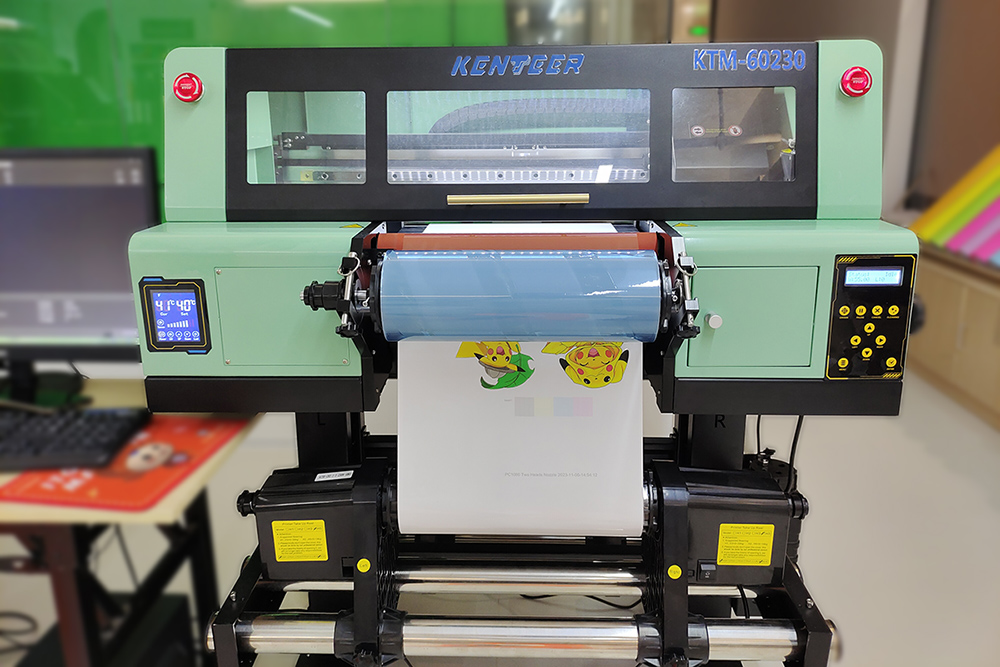When encountering ghosting issues with a UV printer, where there is image duplication or faint remnants of previously printed images, there are several troubleshooting steps you can take to address the problem. Here's a guide to help you:

1. Optimize Print Settings:
- Review the print settings being used, such as print speed, curing time, and ink density. Adjust these settings to optimize the curing process and ensure that each layer of ink fully cures before the next layer is applied. This can help prevent ghosting caused by insufficient curing.
2. Check UV Lamp Intensity and Calibration:
- Verify that the UV lamp intensity is properly calibrated. Uneven or inconsistent UV lamp intensity can contribute to ghosting. Follow the manufacturer's guidelines for calibrating the UV lamp intensity and ensure that it is providing adequate curing across the entire print area.
3. Evaluate Substrate Compatibility:
- Confirm that the substrate being used is compatible with UV printing and the specific ink being used. Some substrates may not be suitable for UV printing or may require additional pre-treatment. Ensure that the substrate is clean, properly prepared, and able to withstand the curing process without causing smudging or image transfer.
4. Check Printhead Alignment and Cleaning:
- Verify that the printheads are properly aligned and in good condition. Misaligned or clogged printheads can cause ghosting. Follow the manufacturer's instructions for printhead alignment and cleaning. Regular maintenance and cleaning of the printheads can help ensure optimal printing results.
5. Adjust Ink Limit and Overprint Settings:
- Consider adjusting the ink limit and overprint settings in your print settings or RIP software. These settings control the amount of ink applied during printing and can help prevent excess ink from causing ghosting. Experiment with different settings to find the optimal balance between ink coverage and image quality.
6. Control Environmental Factors:
- Environmental conditions can affect the curing process and contribute to ghosting. Ensure that the printing environment is controlled and maintained within recommended temperature and humidity ranges. Excessive heat or humidity can interfere with the proper curing of the ink.
7. Test Different Print Modes and RIP Profiles:
- Experiment with different print modes or RIP profiles provided by the printer manufacturer. These settings can help optimize the ink application and curing process, reducing the likelihood of ghosting. Consult the manufacturer's documentation or technical support for guidance on selecting the appropriate print modes or RIP profiles.
8. Consult Manufacturer's Support:
- If the ghosting issues persist after attempting the above troubleshooting steps, it is advisable to contact the manufacturer's technical support for further assistance. They can provide specific guidance based on the UV printer model and help diagnose and resolve the ghosting problem.
Remember to follow the manufacturer's instructions and guidelines for troubleshooting and maintenance specific to your UV printer model. Regular monitoring, maintenance, and proper print settings are essential for preventing ghosting and ensuring high-quality prints.
